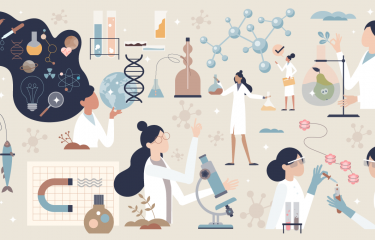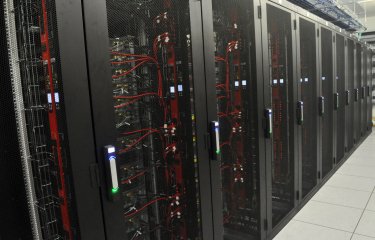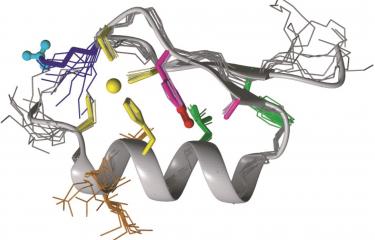The Department of Developmental and Stem Cell Biology aims to improve our understanding of the key mechanisms involved in developmental biology, epigenetics and stem cell biology that have an impact on human health.
The department’s research teams have three key focus areas:
- regulation of gene expression and epigenetics: using a wide range of techniques – molecular genome-wide to single-gene analysis, quantitative imaging, bioinformatics, etc. –, we study the core mechanisms that govern how the (epi)genome responds to and transmits information through mitosis and generations at the cellular and whole-body levels as well as during stress;
- morphogenesis and cell fate transitions: with different cell and animal models (C. elegans, avian, fruit fly, zebrafish and murine embryos, human cells, and -oids), we investigate the processes governing development in embryos and adults;
- stem cell biology: we explore how adult stem cells are formed and how they contribute to tissue regeneration, in healthy conditions but also in aging organisms and in pathological settings such as tumors or infections.
Our main recent publications
A new stem cell model to study gonad formation in humans
Anu Bashamboo and collaborators in Ken McElreavey’s unit have created a new in vitro model of human gonad formation. Using human pluripotent stem cells, they devised protocols to generate somatic gonad cells. These were used to understand how a genetic variant can lead to testicular disease. This model provides a powerful tool for understanding gonad development and its disorders, and a scaffold for in vitro gametogenesis.
Science Advances, January 4, 2023.
A spatiotemporal exploration of gene regulation
Gene regulation requires the physical encounter of different genetic elements, but what happens when they are far away from each other on the same chromosome? Coupling high-precision microscopy to provide real-time visualization of gene transcription and physical models of the 3D dynamics of the DNA molecule, Thomas Gregor and his colleagues showed that gene regulation is less sensitive to genomic distance than anticipated, allowing rapid contacts over long distances.
Science, June 29, 2023.
Genetic and embryological origin of a rare cardiac malformation
Sigolène Meilhac and her team, in collaboration with Necker-Enfants Malades hospital, investigated a rare congenital heart disease of unknown origin, called crisscross heart, where the inflow streams of the two ventricles cross. Identifying the first murine model of the disease, they have shown that the Grebl1 gene is involved in this malformation. This research sheds light on the developmental mechanisms transforming the embryonic heart tube into a four chambered heart.
Developmental Cell, November 6, 2023.
Nr5a2, a master regulator of morula development
Early embryogenesis is driven by transcription factors (TFs). Using mouse models, Festuccia et al. show that the TF NR5A2 controls expression of lineage-specifying TFs and genes involved in mitosis, telomere maintenance and DNA repair. NR5A2 coordinates proliferation, genome stability and lineage specification ensuring correct morula development.
Science, October 4, 2024.
Life on land: a pivotal evolutionary shift
Neck muscles evolved by repurposing ancestral muscle groups in fish to support the skull as it detached from the shoulder girdle for life on land. We propose that subtle shifts in embryonic development enabled this innovation, offering insights into the evolutionary transition to land and the origins of head and neck developmental disorders.
Nature communications, December 4, 2024.





